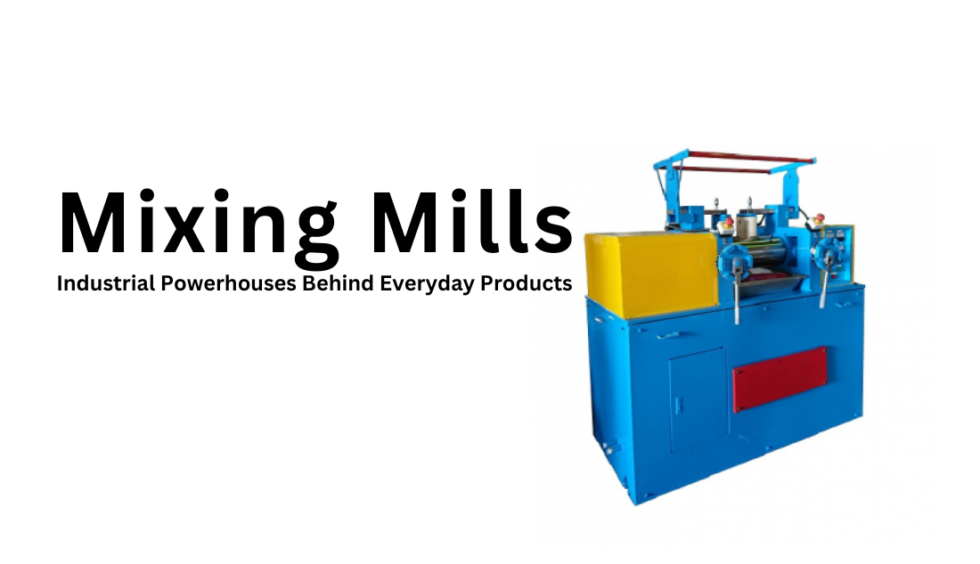Ever wondered how that bright red rubber band on your wristband got its color? Or how that bouncy ball maintains its perfect spherical shape? The answer might surprise you – it all starts with a workhorse machine called a mixing mill.
Imagine a giant, industrial rolling pin. That’s basically what a mixing mill is. It consists of two large rollers, one rotating slightly faster than the other, that smash and fold materials together. But this isn’t your grandma’s pie dough we’re talking about! Mixing mills are used in a surprising variety of industries to create all sorts of things.
Under the Hood of a Mixing Mill
There are two main types of mixing mills: two-roll and three-roll. Both get the job done, but the three-roll mill has an extra roller in the middle that helps control the thickness of the material being mixed.
Think of it like this: the two rollers on the outside are like giant hands squishing the ingredients together. The middle roller acts like a pressure plate, ensuring everything gets flattened out evenly.
Mixing Up a World of Possibilities
So, what exactly gets mixed in these industrial marvels? Buckle up, because the list is long! Here are just a few examples:
- Rubber: This is probably the most well-known use. Mixing mills are essential for incorporating all sorts of goodies into raw rubber, like fillers, coloring agents, and softening agents, to create the final rubber products we use every day.
- Plastics: Mixing mills play a key role in the plastics industry too. They help blend various plastic resins with additives to achieve specific properties like strength, flexibility, and color.
- Paints and Inks: Those vibrant colors on your walls or in your printer cartridge? Mixing mills ensure a uniform blend of pigments, binders, and other components for smooth, consistent paints and inks.
- Food: Next time you bite into a chewy candy or spread some delicious peanut butter, remember the mixing mill! They are used to create smooth pastes, doughs, and fillings for various food products.
The Secret Ingredient: Mixing Power
But what makes mixing mills so effective? It’s all about the magic of friction. As the rollers turn in opposite directions, the material sandwiched between them gets squeezed and stretched. This creates a shearing force that breaks down lumps, distributes ingredients evenly, and ultimately creates a uniform mixture.
So, the next time you use a rubber band, bounce a ball, or enjoy a colorful meal, take a moment to appreciate the unsung heroes behind the scenes: mixing mills! They might not be glamorous, but they play a vital role in shaping our everyday world.







